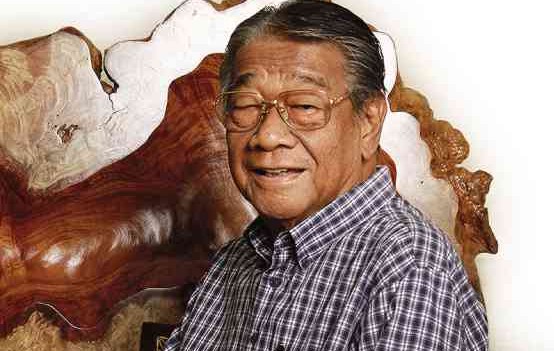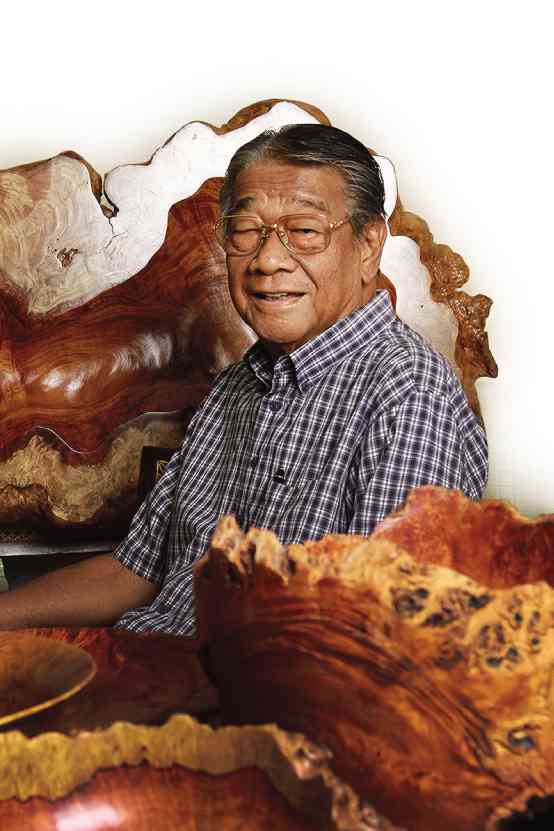
OSMUNDO Esguerra, whose understated, elegant woodcraft and impeccable restoration of antiques have earned him iconic status among the cognoscenti, is being honored with a coffee-table book and exhibit tonight.
The self-taught furniture craftsman with no high school diploma or draftsman skills developed a unique style that combines traditional and contemporary aesthetics to highlight the organic beauty of wood.
The choice of wood, the exacting joinery and the careful sanding and polishing, lend integrity and sleekness to his works, thus elevating them into functional art.
With the eponymous title “Osmundo Esguerra,” the book, published by Soumak Projects, is a pictorial essay on wood-turned bowls that he has produced in the last decade.
Wood turning is a method in which the wood is rotated by a machine called a lathe while it is being shaped by a stationary tool. The bowls, featured in the book and on exhibit at the Soumak home accessories store, were shaped mostly from burl, the deformed outgrowth of a trunk.
Esguerra examines the unusual shapes and the interesting qualities of the burl. He then chisels it to bring out its light and dark areas, and gouges the wood until the bowl’s wall is of the right thickness.
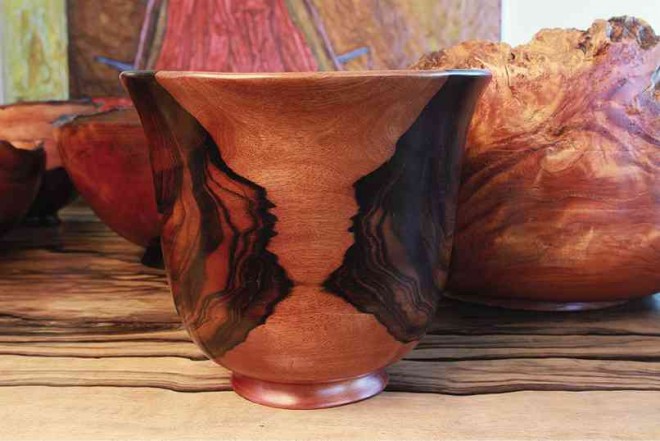
The final products are either classically rounded vessels or bowls with naturally jagged edges. Esguerra says the materials—ironwood, Philippine ebony (kamagong), narra and its more expensive relative, the amboyna—make these bowls distinctively Filipino.
Still wielding the most influential tool at age 75, Esguerra—Omeng to friends—has become the go-to furniture maker of the affluent and the high and mighty.
Humble roots
Ironically, he had humble roots as the son of a farmer in Guimba, Nueva Ecija. After finishing elementary school, Esguerra started to work as an assistant janitor in a public school. A brother-in-law tipped him about an opening for a gardener in San Lorenzo Village, Makati.
With his earnings, he bought a bike and took up cycling as a hobby. He even joined the 1964 Tour of Luzon, a two-week marathon that covered the entire region.
In his cycling sorties, Esguerra established contacts that opened doors to opportunities. When he learned that a newspaper boy earned more, Esguerra began delivering The Manila Times. Meanwhile, a colleague, who brought Pacific Stars and Stripes newspaper to embassies and the expatriate community, encouraged Esguerra to sell imported cigarettes, then dubbed “Blue Seal.”
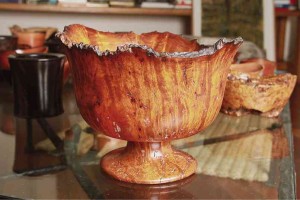
In the late ’60s, the enterprising Esguerra put up a stall with a colorful umbrella in front of a gasoline station on the prime corner of the former Pasay Road and Makati Avenue. Manila’s who’s who, such as Andres Soriano, Serge Osmeña III and Isabel Preysler, were among his regular customers.
Peddlers of antiques often hung out in front of his stall and chatted with him. When he learned that they earned at least 10 times more than he did in a day, he tried his luck at selling antiques. In his McArthur jeepney, he joined these sellers as they visited customers in Makati’s gated villages.
One day, an agent, who made a killing with his treasure trove, decided to take a long break in his province. He endorsed his regular clients, mostly Europeans and airline professionals, to Esguerra.
With his profits, Esguerra started buying antiques from junk shops in Manila and cleaned them to perfection. After several months, the agent had lost his customers to Esguerra.
He also became a supplier of an antique shop at the former Makati Commercial Center. Owner Antonito Tuason cultivated Esguerra’s aesthetic sense so that he could acquire the finest antiques that would suit discriminating clientele. Esguerra would go to the provinces to scout for more items.
In 1980, he evolved into a retailer when he put up Osmundo Gallery at the mezzanine of Manila Garden Hotel (now Dusit Thani). The business survived, despite the economic slump after the assassination of Ninoy Aquino, when Esguerra went into furniture restoration and construction. The venture was born out of the demand to repair the musty and decrepit antiques that were brought to his shop .
At first, Esguerra observed how a local restorer revitalized wood—from removing grime and dents to complete rebuilding with joinery. To fix pieces from the Ming and Ching Dynasties, Esguerra flew to Hong Kong to learn from the craftsmen. They were responsive to restoring the original patina so that the furniture would maintain their value.
Sold out
In 1986, Esguerra set up an exhibit of restored antiques when no one else thought of it. The pieces were immediately sold out at the Peninsula Manila. Eventually, he reproduced rare pieces and crafted new furniture fused with salvaged antique wood. After 15 years, he moved to Lao Center, and now holds shop at Glorietta 4.

Asked how he could distinguish genuine antique furniture from a reproduction, Esguerra replied that he first inspects the joinery which reinforces the antiques. If the joints were glued, then it’s a new work. He also looks for imperfections, such as the patina of age, irregular dents and scratches in the unexposed parts of the furniture.
The bottoms of the furniture and the drawers should be made from the same wood. His eyes could also differentiate the subtleties of the carvings done by an artisan’s hand from the perfect smoothness done by machinery.
One of his most challenging restoration projects was a heavily damaged, 200-year-old narra-and-kamagong vestment cabinet from Pampanga. Patiently, Esguerra repaired and refinished the work to its original value.
For commissioned work, Esguerra has produced a wide range—from boxes for VIP guests during President Arroyo’s term, to worktables of the country’s richest men. He recently made an ebony round table for 12 that had to be sent to the high-rise penthouse of a taipan’s scion. Since it couldn’t fit in the elevator, it had to be lifted atop the elevator and delivered without a scratch.
To broaden his knowledge, Esguerra became a member of the International Wood Collector’s Society. He would attend seminars on identifying wood and woodcrafts in the United States. In one of the events, he learned about wood turning.
Ten years ago, Esguerra experimented on burls, chiseling cuts to create contours and letting the wood respond to his every groove. As a result, the ratty piece of wood turns into a hollowed form that is exquisite to look at from any perspective. That’s the work of a true artist.
The book and the turned bowls are on exhibit at Soumak Collections, Bormaheco Bldg., 101 Metropolitan Ave. cor Zapote, Makati. For details, call 8907784-85, 8971358 and 8964266.
BOX
His favorite things
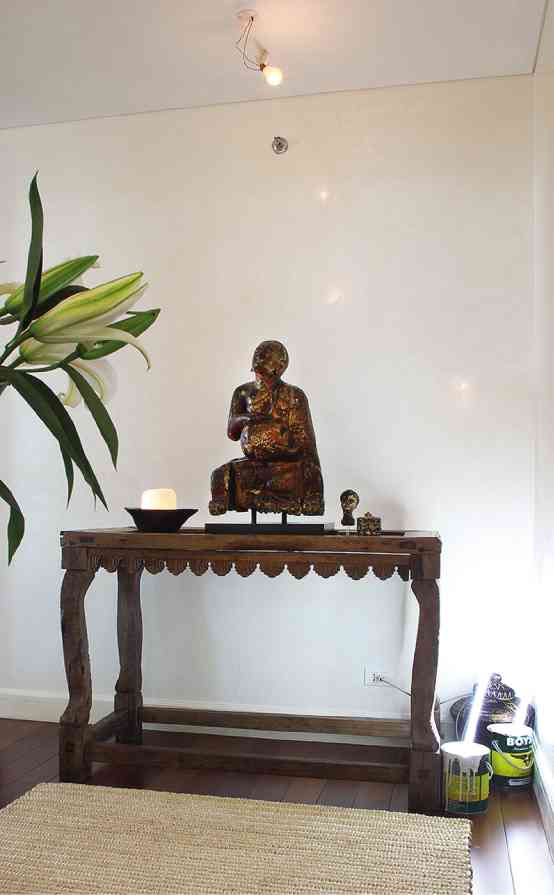
1) A 300-year-old, balayong altar table from Bohol. “It’s simple but people don’t understand it,” he says.
2) The turned bowl with darkened silhouettes facing each other. “Chamba (a fluke),” he says. “Ebony is scarce in the States.”
3) Dulang. “It’s popular and versatile.”
4) Ilustrado furniture. “They are status symbols.”
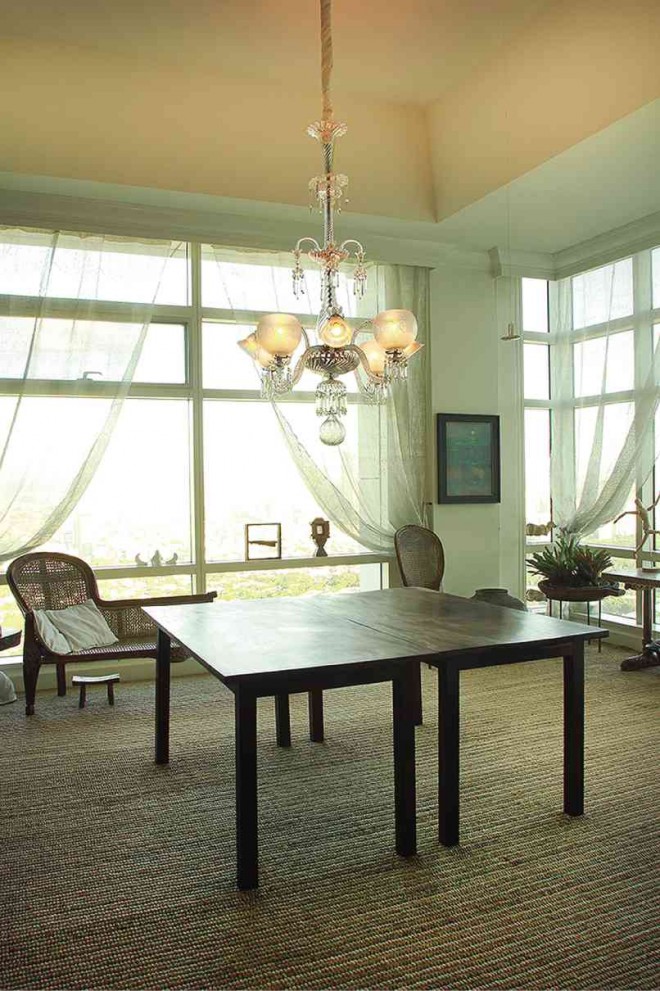
5) Ebony ladder bookcase in an artist’s residence.
6) Supa dining table customized for an artist.
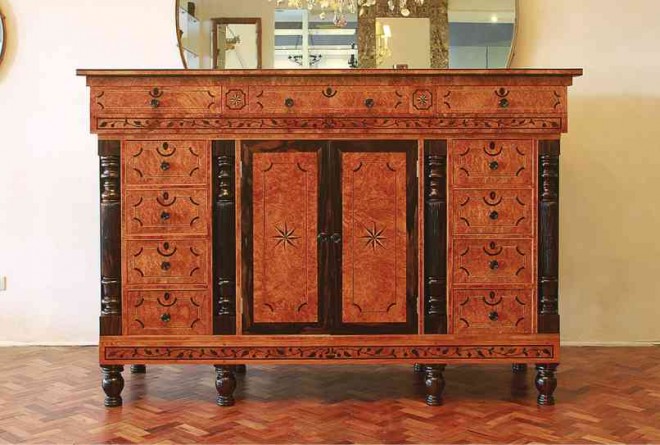
7) Cabinet meeting table for 54, made of 15 ebony slabs, for Malacañang
8) Amboyna cabinet at Soumak

